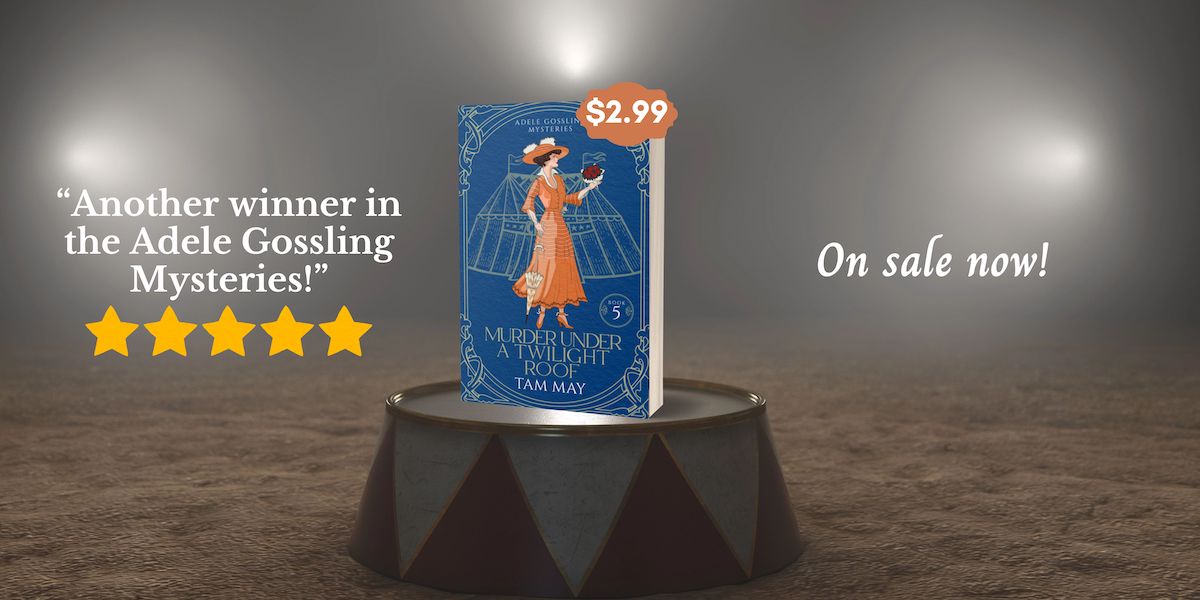I recently started teaching English to students from all over the world and one of the things I love to hear from them is about their holiday traditions. I was surprised to hear from a student of mine that she celebrates Christmas in mid-January and her traditions are more focused on the religious aspect of Christmas than gift-giving (although her family exchanges plenty of gifts too!)
In America, Christmas traditions haven’t changed much. Love it or hate it, Christmas in America has been big business since the Gilded Age and Progressive Era. The late 19th and early 20th centuries were filled with opulence, glamour, and progress. There was nothing that couldn’t be packaged and sold to the American public, and holidays were at the top of the list.
Before the late 19th century, ornaments on the Christmas tree were pretty simple. The tradition of Christmas tree decorations was brought over by German settlers in the 1830s, but Gilded Agers turned it into something much more elaborate. The word “modesty” was not in the vocabulary of the era. Gilded Agers loved sparkle and shine and they weren’t afraid to make a profit from it. They turned the decorations of simple strings of popcorn and beads of past decades into displays of lights, colored glass balls, and wax angels. Christmas tree ornaments became a big commercial enterprise during this time, replacing these homemade ornaments.

Photo Credit: Christmas card by Louis Prang, showing a group of anthropomorphized frogs parading with a banner and band. 19th century (no specific date), American Antiquarian Society. M2545/Wikimedia Commons/PD Old 100
The humble Christmas card also acquired a different meaning in the late 19th and early 20th centuries. Louis Prang, one of the most successful printers of this era, began producing Christmas cards with a dream in mind: to create mini lessons in fine art for people on a budget. He saw his cards as artistic achievements even the working class could afford. But this idea of democratizing fine art was not one Gilded Agers were yet willing to embrace. They were, however, happy to take the idea of the Christmas card and make it more illustrative and attractive to buyers. Prang’s idea of elevating Christmas cards to art fell by the wayside but it started a trend with other illustrators producing cheaper variations. However, as this article shows, they were still quite beautiful.
The gift-giving that now dominates today’s Christmas commercials on TV and online became big business during this time as well. It was an opportunity to show one’s generosity with elaborate and expensive gifts. Wrapping presents was also a Gilded Age invention, as it fits in with the idea of garnish presentation that characterized the age. Plain white wrapping paper said something unpleasant about what the giver could afford, but elaborate wrapping paper told loved ones the gift came from the “right” places.

Photo Credit: Merry Old Santa Claus, Thomas Nast, 1 January 1881, Harper’s Weekly: Soerfm/Wikimedia Commons/PD Art (PD Old 100)
We think of Santa as a jovial and white-bearded man bestowing presents to “good” little boys and girls. But in the early 20th century, Santa had political and social implications. Santa was the glorified symbol of Capitalism with a capital “C”, an authoritative and somewhat mystical figure who held gifts aplenty — for those who deserved them, of course. The deserved ones were judged not by their goodness but by their political beliefs or their support of Capitalism.
Why not treat yourself to some fiction from the past that features women who don’t just take the confines of their era lying down? You can start with two free books! The first book of my Adele Gossling Mysteries is free on every online bookstore and so is the first book of my Waxwood Series. You can get The Carnation Murder here and The Specter here.
If you love fun, engaging mysteries set in the past, you’ll enjoy my novella The Missing Ruby Necklace! It’s available exclusively to my newsletter subscribers and you can get it here. By signing up, you’ll also get news about upcoming releases, fun facts about women’s history, classic true-crime tidbits, and more!





